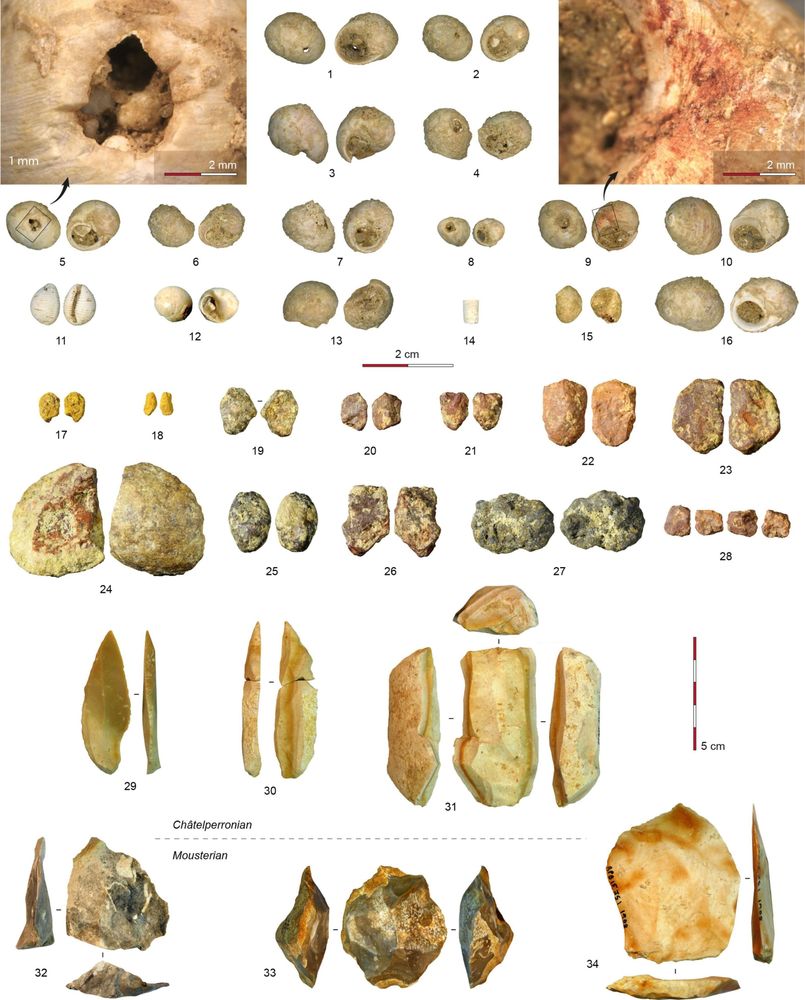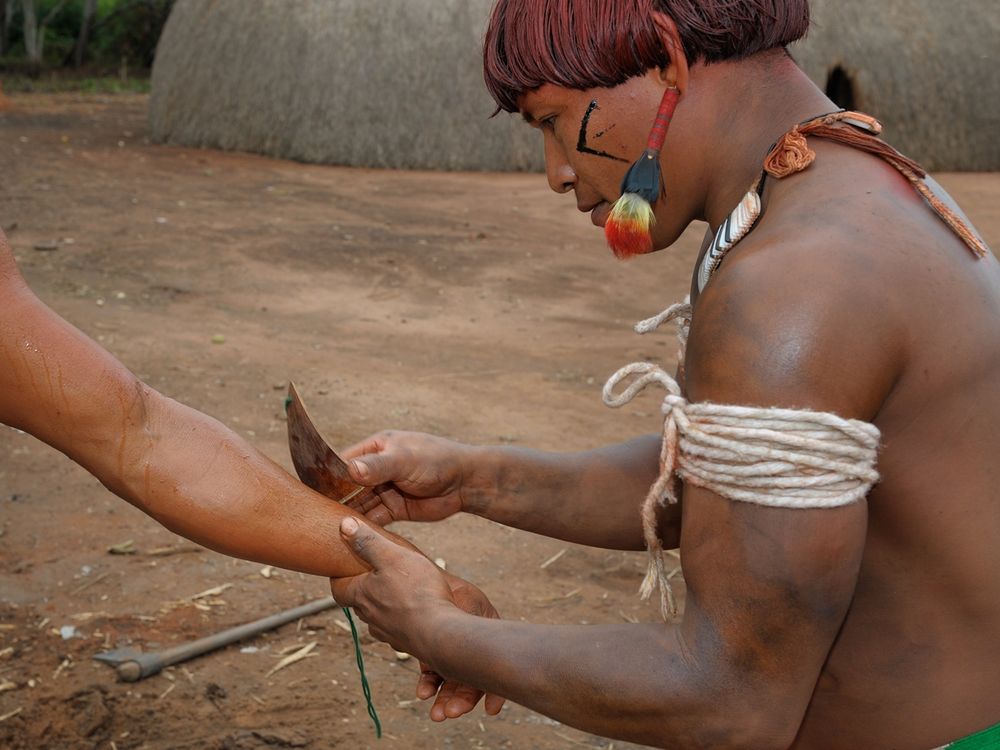Radical Anthropology
@radicalanthro.bsky.social
740 followers
770 following
1.2K posts
London's longest running evening class. We study what it means to be human at UCL Anthropology dept. We are FREE, on Tues eves term time. Account run by Camilla Power. Radical anthropologists include Chris Knight, Ian Watts, Jerome Lewis and Morna Finnegan
Posts
Media
Videos
Starter Packs
Reposted by Radical Anthropology
Reposted by Radical Anthropology
Reposted by Radical Anthropology
Reposted by Radical Anthropology
Reposted by Radical Anthropology
Reposted by Radical Anthropology
Reposted by Radical Anthropology
Reposted by Radical Anthropology
Reposted by Radical Anthropology
Reposted by Radical Anthropology
Reposted by Radical Anthropology
Reposted by Radical Anthropology
Reposted by Radical Anthropology
Reposted by Radical Anthropology
Mark Spa
@markspa.bsky.social
· Sep 3

Age- and sex-dependent associations between the number of older siblings and early-life survival in pre-industrial humans | Proceedings of the Royal Society B: Biological Sciences
Siblings are an important part of an individual’s early-life environment and may therefore play an important role in shaping an individual’s survival. The quantification of sibling effects on survival is challenging, however, especially in long-lived ...
royalsocietypublishing.org
Reposted by Radical Anthropology
Reposted by Radical Anthropology
Reposted by Radical Anthropology

























